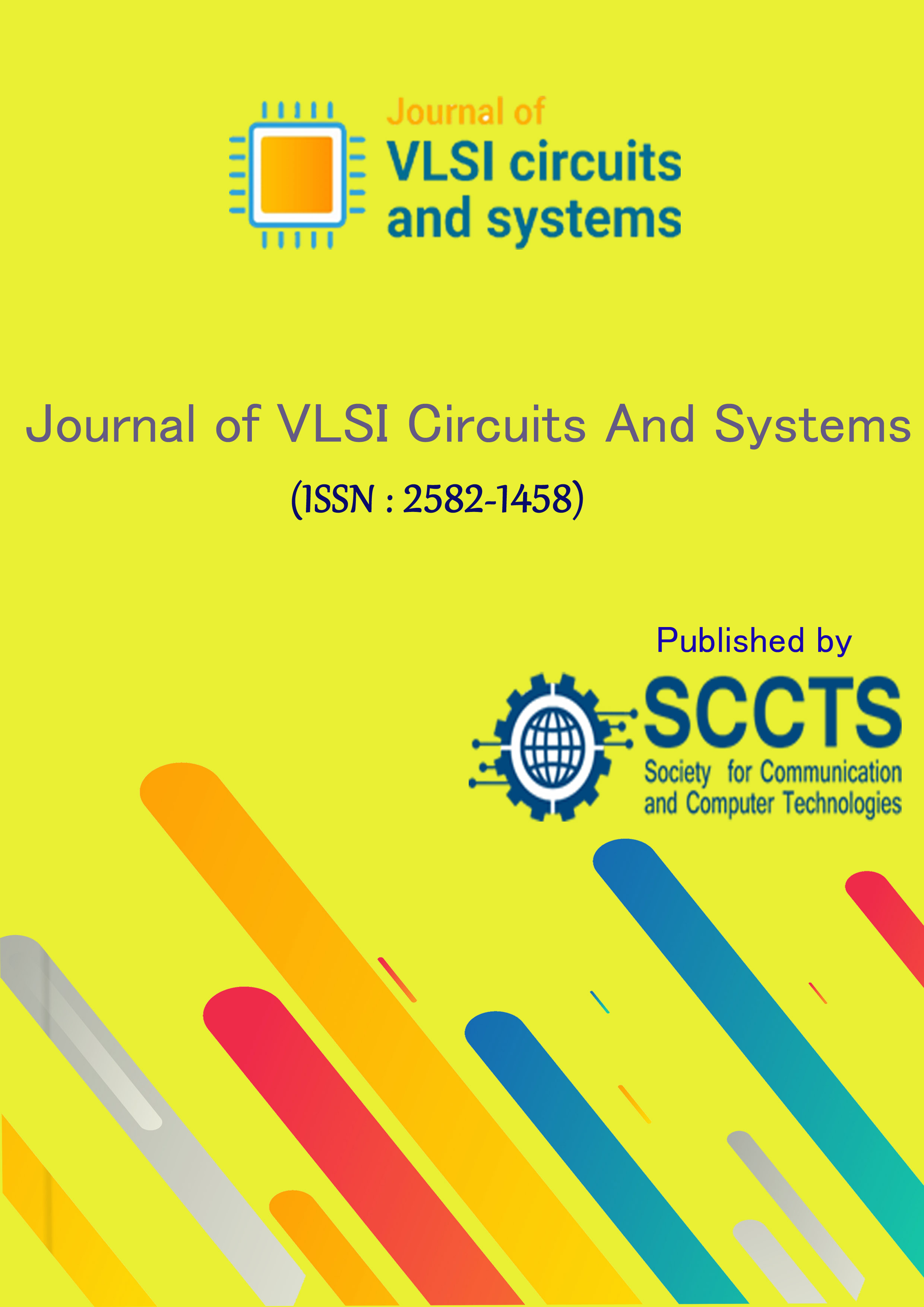Flip-Flop Realization: Conventional Memory Elements Design with Transistor Nodes
DOI:
https://doi.org/10.31838/jvcs/05.01.03Keywords:
EDP; FinFET; MOSFET; PDP; SNM; SRAM.Abstract
In the ultra-low-power implementation, center circuits of numerous frameworks are activated by inadequate occasions, for example, the Internet of Things (IoT) sensors and implantable clinical consideration. To guarantee that, the sensors get each and every occasion showing up whenever the circuits operate in standby mode the most of the time. Under such conditions, static power dominates in the total power consumption. For these implementations, the lessening framework leakage current can straightforwardly accomplish the greatest effectiveness of the complete framework power utilization. Since the SRAM cluster takes up a bigger bit of the circuit, it is important to decrease the power utilization of the SRAM exhibit so as to lessen circuit all-out power. Band-to-band tunneling (BTBT) mechanism introduced silicon tunnel FET (TFET), MOSFET compatible fabrication process and ultra-steep SS, which can break the 60mV/dec limitation of MOSFET at room temperature and ultralow off-state current. Subsequently, it is required to be a promising contender for an ultra-low-power rationale circuit. The impact of forward p-I-n leakage current could prompt harm to the static noise margin (SNM), static power and power defer result of the SRAM circuit. So the proposed topology can stay away from the p-I-n intersection, by expanding SRAM cell read and hold static noise margin (SNM) and diminishing static power utilization drastically.















